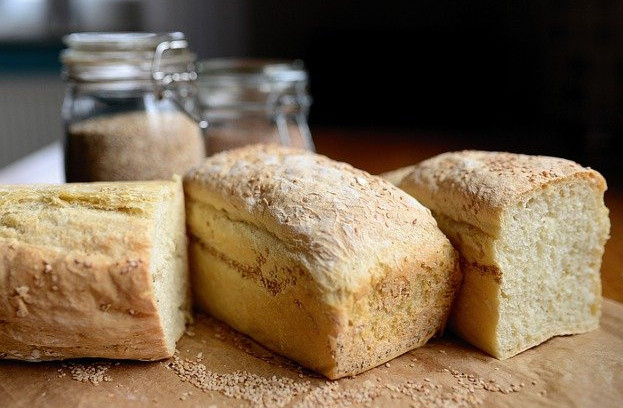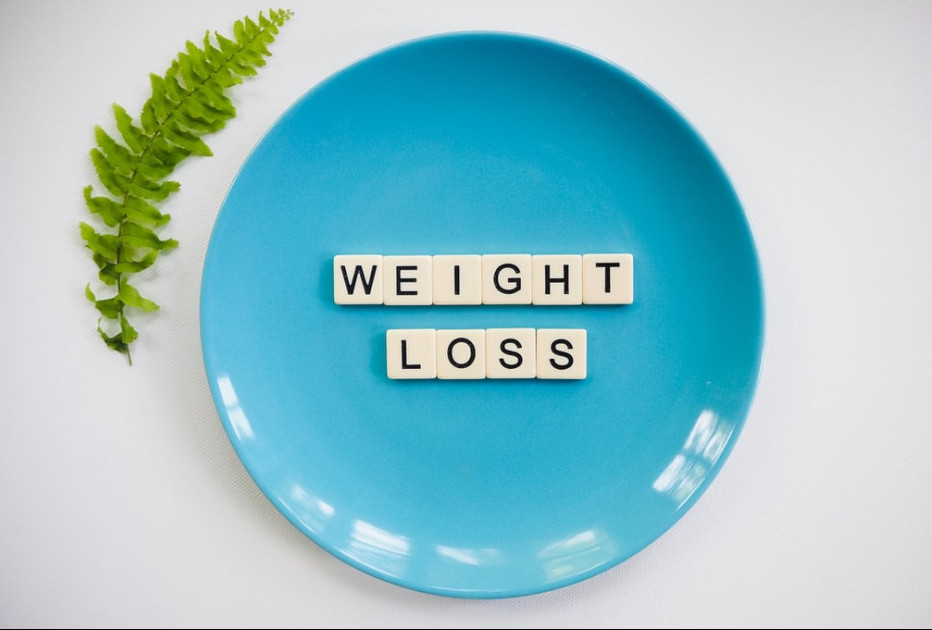
In the past couple of years there has been a lot of talk about carbohydrates in the weight loss community. Eat fewer carbs. Eat more on certain days. Stop eating carbs altogether. What should you do? By now, you have probably heard about carb cycling as there is much discussion over it. So what is carb cycling for weight loss and how does it work?
The Carb Basics
While no macronutrient is completely horrible, carbohydrates have been taking a bad rap for quite some time.  Obviously not all carbs are created equally.
Obviously not all carbs are created equally.
Some offer far more nutritional value than others.
While many popular diets now focus on reducing or even restricting carbs, a new trend is now to tailor the type and amount of carbs you eat depending on the day or week to optimize weight loss.
This is known as carb cycling.
Alternating your carbs is an effective method used to aid with weight loss or overcome a plateau all while maintaining physical stamina.
There are many ways of doing carb cycling. Some people will alternate with a day on and then a day off of carbs.
Some people will alternate the amounts of carbs they ingest throughout the week with some days of extremely low intake while other days will be a higher intake.
The goal of carb cycling is to time when carbs are best used by the body during the day and avoid intake when it is less required.
This idea has shown effective in many people trying to lose weight and flatten their stomachs.
What to Consider When Carb Cycling
There are quite a few things that play a factor when deciding if carb cycling is right for you.
- Physical Toning: Some people reduce carbs when in the diet phase and then re-introduce them when they want to build up muscle.
- Workout Days vs. Rest Days: It is common to have your carb days when you are busy training or doing a strenuous workout while cutting back on days you are not.
- Planned Reprogramming Days: Oftentimes, people will have one or more high carb days in a row in order to reprogram their bodies while they maintain a strict diet regiment.
- Bodybuilding Competitions: People that are into competitive fitness or who are athletes will often load up on their carb intake before an event or heavy workout in order to bounce back and increase stamina from strict diets.
- Training Types: Depending on how much physical exercise you plan to get, you will want to tailor your carb intake to the activity. The more strenuous and prolonged the activity, the more carbs you’ll want to consume.
- Reducing Levels of Fat: If you want to make your body leaner, cut back on carbs. People that have reached the body fat level they are aiming for oftentimes will then increase their carbs.
Carb Cycling Example
One example of a carb cycling diet week might look like this: two consecutive days of high carb intake, two moderate and three low.
Protein levels tend to stay about the same amount for every day but fat ingestion levels change based on the carb days.
Typically, on a day with high carb intake, the fat levels would be low and vice versa.
Carb Cycling Background
Carb cycling for weight loss is a relatively new concept that does not have a lot of scientific evidence to back it up as of yet.
It is really about manipulating carb intake to try to match up with the body’s needs for calories or glucose depending on exercise requirements or rest days. 
Ideally carbs are ingested on workout days to help the body have fuel to burn.
The National Institutes of Health suggest that high carb days done at timed intervals can help regulate hormones which assist in weight loss and appetite suppression. It can also help to reduce muscle loss during dieting.
When the days move to low carb, higher fat is required. When this occurs, the idea is that the body will burn the stored fat reserves leading to a leaner physique.
Another reason people carb cycle is to manipulate their insulin levels in order to improve their metabolic burn.
Proper insulin usage is a marker for overall good health. It also helps achieve a flatter belly when your insulin is working the way it is intended to.
Science is showing that having low carb days based around workout types may aid in increasing insulin sensitivity. In theory, training the body to efficiently use carbohydrates while teaching it to burn fat in the process is the idea.
However, not enough evidence has been conclusively found to support carb cycling.
Always exercise caution and common sense as more scientific research needs to be conducted on this topic.
Benefits of Carb Cycling
The main idea behind carb cycling is that it can assist in efficient weight loss while keeping up physical endurance. It provides a more varied approach to dieting over the much stricter keto diet, for example.
Science is beginning to show indications that carb cycling may have similar advantages to a low carb diet but the jury is still out.
It is important to keep in mind that in order to lose weight, fewer calories need to be taken in than can be burned over sustained time.
Currently, it looks as if following carb cycling along with cutting back calories should result in weight loss.
Keeping protein levels sustained will be needed to control appetite and keep muscle condition.
The disadvantage is that it could be confusing to newcomers due to its more complicated structure.
Conversely, the variety of foods that carb cycling offers can be attractive to some people. This difference may create a plan that more people could stick to, thus offering more long-lasting success.
“Good” Carbohydrates During Carb Cycling
It should come as no surprise at this point that if you want to lose belly fat and weight in general, you need to eliminate or definitely cut back on empty carbs.
Those are foods that include junk food, overly processed foods, white bread, sugary snacks and drinks, and fried foods.
During your carb cycling program be sure to include “good,” healthier carbohydrates such as:
- Whole grains – this includes items like unprocessed grains (think quinoa, oats, barley, brown rice)
- Veggies – always aim for lots of greens, but include a variety of colors to make sure you are optimizing nutrition
- Fresh fruit – strawberries, blueberries, raspberries and blackberries offer the lowest glycemic index but fresh fruit with their skins offers fiber, vitamins and micronutrients that are important to good health
- Legumes – think chick peas, lentils, black beans, navy beans, kidney beans…you get the picture
Other foods that you can incorporate may also help to speed up your metabolism and aid in caloric burn.
Final Thoughts…
Carb cycling may be just the right tool to help you with weight loss. It can maintain physical stamina, support muscle and provide a healthier more sustainable alternative to hard core, restrictive dieting.
From a mental and physical angle, carb cycling provides much variety in terms of food and even can be seen to offer better balance in terms of exercise versus rest days.
That element of change could be a more sustainable option towards weight loss success.
It may also be easier to maintain long term. Although in theory, carb cycling offers a different option for weight loss, no data has really been studied to support it to date.
However, if you decide to try it for losing weight, make sure to be cognizant of your protein intake.
As always, check with your healthcare professional before starting on any plans that change your diet or exercise routine.

Hi Lee,
Having a lot of energy is essential for having a good life because it affects our mood, relationships, productivity, and overall confidence. We all need some extra motivation to lose weight, whether for appearance or health reasons.
I like how you explain carb cycling as a dietary strategy that involves alternating carb intake on a daily, weekly, or monthly basis. Thank you for such an inspirational article.
Rosie
Hi Rosie…I’m glad to hear you enjoyed the article. I hope you find it helpful. Thanks very much for taking the time to comment. Have a great day!